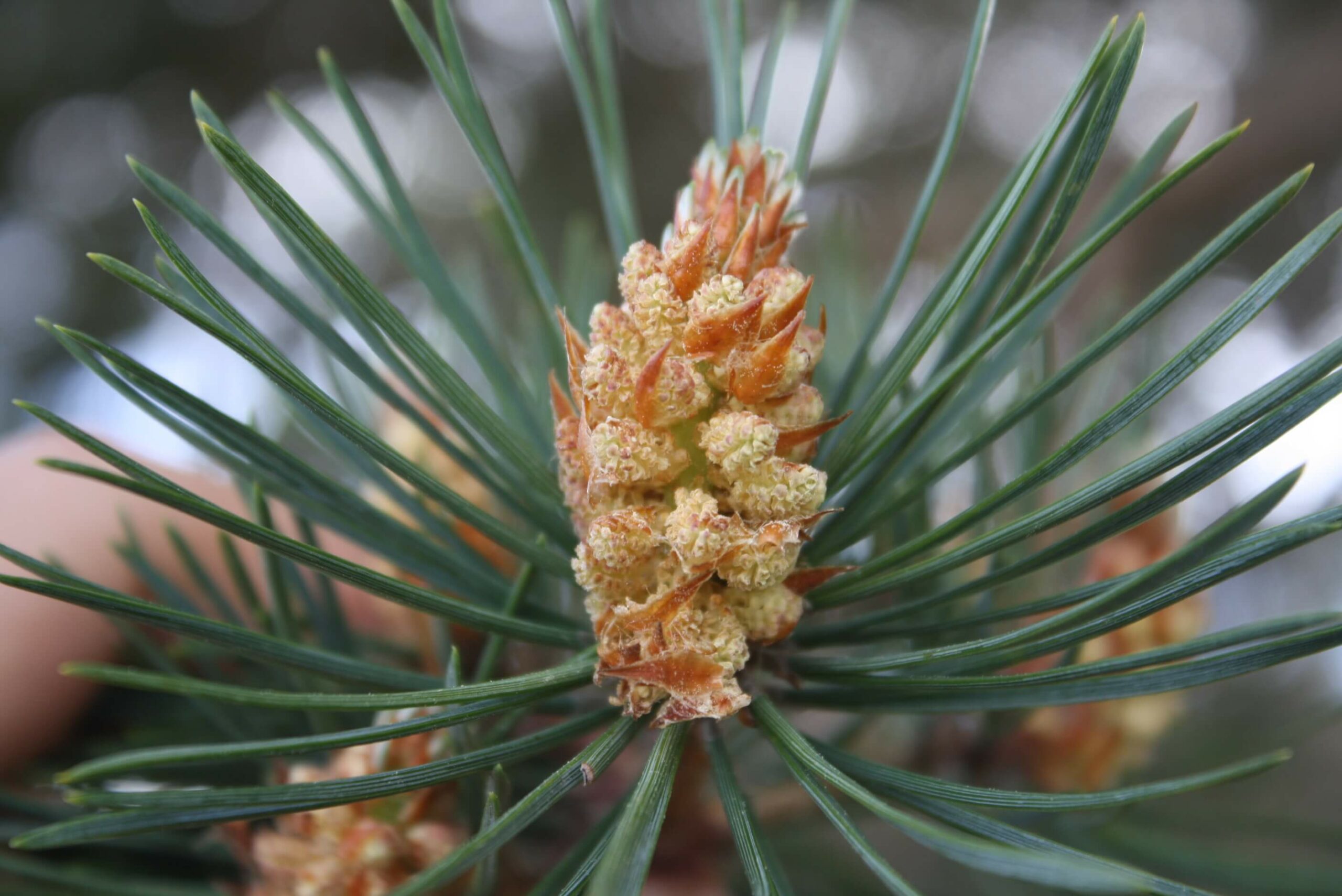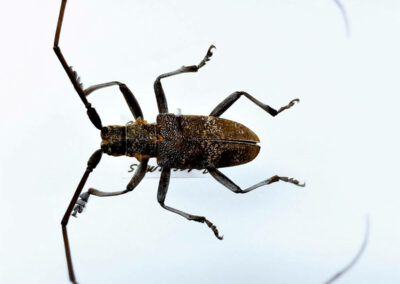Infusing Dothistroma needle blight resilience into the Scots pine breeding population
Context
Scots pine is the only native conifer used in productive forestry in Great Britain and the second most important forestry species after Sitka spruce. Domestic seedling production doubled during the 2010s’ to about 12 million per year and its role in forestry is expected to continue growing due to demand for suitable plant material to restock plantations of exotic pines devastated by needle blight caused by Dothistroma septosporum – a fungal pathogen that affects many species. Scots pine can be considered a well-characterised, native, and therefore low-risk alternative to Sitka spruce, particularly in the drier east of Britain where production from Sitka spruce plantations is expected to face increasing challenges from drought-induced stem defects.
Only around 50% of seedlings supplied to the sector are derived from a breeding programme that was set up in the 20th Century to improve the stocks. This is in part due to limited availability. Investments are being made to secure supply of Scots pine seed and these investments should be matched by efforts to secure its resilience and productivity.
This project aims to take steps towards reviving the 20th Century Scots pine breeding programme, with the infusion of new materials and resources from more recent ecological genetics and pathology research.
A longer-term aim is to deliver genetic gains in disease resistance and the quality and volume of timber for productive and resilient Scots pine forests.
Research aims and objectives
The aim of this project is to revive the dormant breeding programme for Scots pine by generating new genetic materials (seed) for testing and to refine methods for high-throughput evaluation of responses of Scots pine to Dothistroma needle blight.
Project description
This project is divided into two work packages.
Work package 1, led by Richard Whittet, involves generating 100 controlled-pollinated seed in two locations, sired by the same mixed batch of pollen. Fifty of the trees are high-ranking members of the existing breeding population and will be pollinated in clone banks or seed orchards. The other fifty trees will be selected from young experiments in Scotland which compare the offspring of randomly selected parents in 21 out of the 84 Caledonian pinewoods. Selection of these trees will be based on analysis of data on growth, Dothistroma response, branching quality and stem straightness. We will also carry out some maintenance of existing clone banks and graft new copies of all the selections to go into a new clone bank in future.
Work package 2, led by Annika Perry, involves the refinement of methods to screen responses of Scots pine trees to Dothistroma in the lab. This involves treating freshly harvested needles from known trees and exposing them to a Dothistroma septosporum spore suspension under controlled conditions for six weeks. During this time, responses are recorded weekly and our aim is to determine whether responses vary genetically. For this, we will use known members (clones) of the existing breeding population sampled from multiple locations. If rankings among clones are consistent across locations, we will hypothesise that this is due to intrinsic variation in susceptibility. The existence of a genetic basis for this will be explored by collecting needles from the offspring of those clones that are growing in Forest Research progeny trials.
Outputs
- 100 closed-pollinated seedlots for progeny testing comprising 50 forward selections and 50 reselections
- Grafted copies of selected parents for a new Scots pine clone bank
- Revised breeding plans for Scots pine
- Submission of manuscript (and revised standard operating procedures) on the use of the detached needle bio-assay.

Share this project on social media
Related Projects
Our Partners
Explore
Contact
© 2022 Centre for Forest Protection. All rights reserved.


